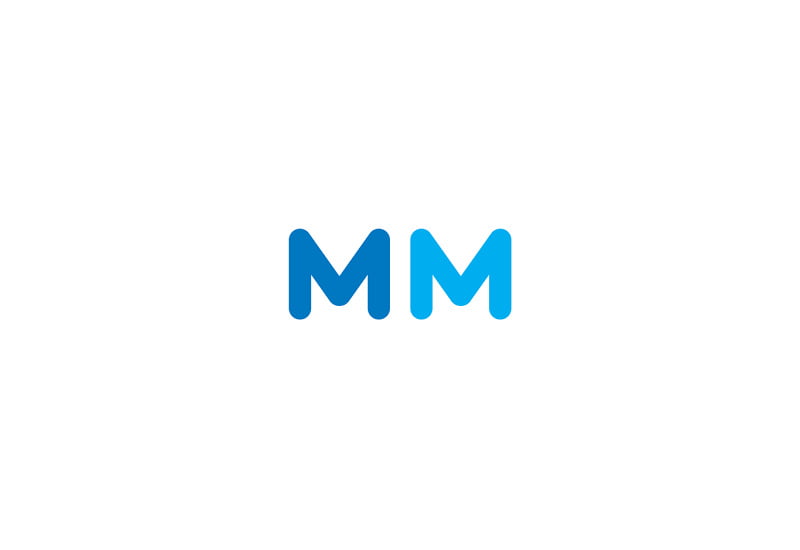Emerging markets are outpacing the development of standard ones significantly according to experts. This article will look at two of the major trends. The first is mobile and the second is the internet.
Disclosure: This is a Sponsored Article
The Golden Age of Smartphones
The first trend corresponds with buyers entering the emerging market by passing PC, laptops, and tablets for smartphones in countries that are traditionally well banked. With buyers choosing smartphones over computers, growth in the mobile market has progressed exponentially. This trend applies even more to nations with a high unbanked population. Furthermore with smartphone prices of $30 to $50, Asian markets maintain a robust mobile market. 76% of Taiwan is connected to mobile, and 70% of Myanmar is connected. With the capabilities of smartphone processors comparable to PC processors, the smartphone is likely to continue this trend.
The Internet is Contrary to All the Rules
The second trend accounts for access to internet among very low income peoples. Emerging markets show that they usually have a high percentage of the unbanked and underbanked with a large amount of them having access to the internet as well.
Experts estimate Asia as the region to become the fastest growing Internet region by 2020. And while their internet industry is flourishing, only 27% of Southeast Asians have a bank account. In 2017, China has 731 million internet users. That is only 53.1% of the population. China represents internet development at a fast pace, but it still has 21% unbanked. Internet traffic growth in Myanmar is at 58%, yet Myanmar is one of the lowest banking rates in Asia with over 70% of adults (aged 15+ years) unbanked.
The Battle Between Traditional Banks and Alternative Fintech
These trends strongly impact various industries. For example, financial markets are leading emerging market consumers to skip traditional banking altogether. By having access to online wallets, payday loan cards, P2P credits, and mobile loan applications a whole new market has found it easier to bank without paper applications.
Kenya’s M-Pesa allows users to transfer money with simple text messages. In China, usage of the apps WeChat and Alipay account for approximately seven times greater the use of traditional top five banking apps. Alternative mobile banking services are rapidly growing because they are proving the rules of the traditional banking space futile.
By having access to a user’s smartphone data, blockchain company MicroMoney has developed a mobile scoring system based on neural network technologies that estimates creditworthiness. MicroMoney’s clients don’t collect papers or wait for approval. Instead of collecting a credit history, MicroMoney’s mobile scoring system collects 12,000 different parameters of data (e.g. SMS, contacts, social accounts data, searches, purchases, and even music a user likes) within several minutes and approves or disapproves of a loan. If approved, a MicroMoney loan is instant.
With the aforementioned trends, it’s obvious that banking will never be the same. By banking the unbanked we create a market growth in rates that were previously unthought of.

